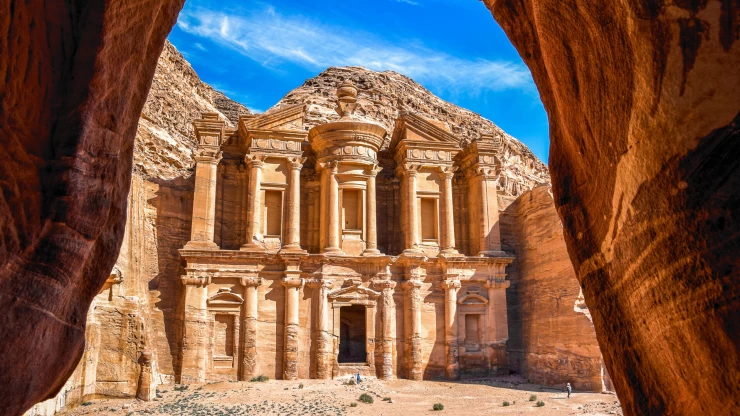
Temple of Madinet Habu
The temple of Medinet Habu in Luxor
Luxor is said to be home to nearly a third of the world's antiquities, and many of the ancient Pharaonic monuments are divided between the eastern and western parts of the city.
The eastern mainland includes Luxor Temple, Karnak Temple, the Kabash Road connecting the two temples, and the Luxor Museum, while the western mainland includes the Valley of the Kings, Deir el-Bahri Temple, Valley of the Queens, Deir el-Medina, Ramesseum Temple, and the statue of Memnon.
The funerary temple, the Temple of Habu or the Temple of Ramses III, is one of the greatest temples of the Twentieth Dynasty, built by King Ramses III for his funerary rites.
The temple consists of a great entrance surrounded by two towers, on these towers are inscriptions representing the arms of the family and images of Ramses III, and the upper tiers of these two towers were dedicated to the royal harem.
This temple is considered the most luxurious temple in terms of furniture and carving, and the statue of Amun was decorated with precious stones, and on the walls of the temple we find valuable inscriptions, a scene depicting the naval victory over the tribes of the sea peoples (Shardana), and other scenes representing the naval campaign against the Libyans, as we see some idols carrying offerings from the royal losses and preparing them for the idol Amun in the temple.















